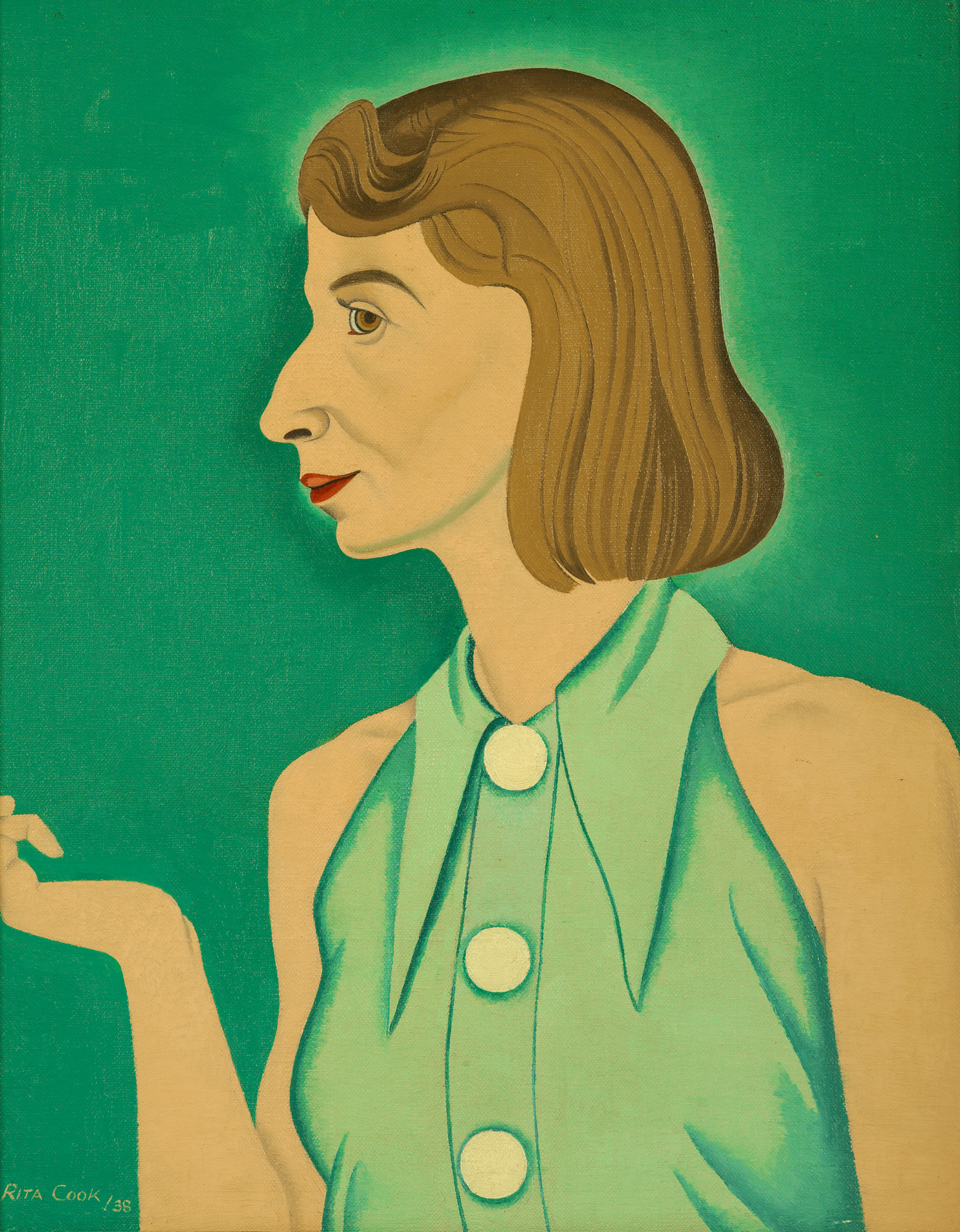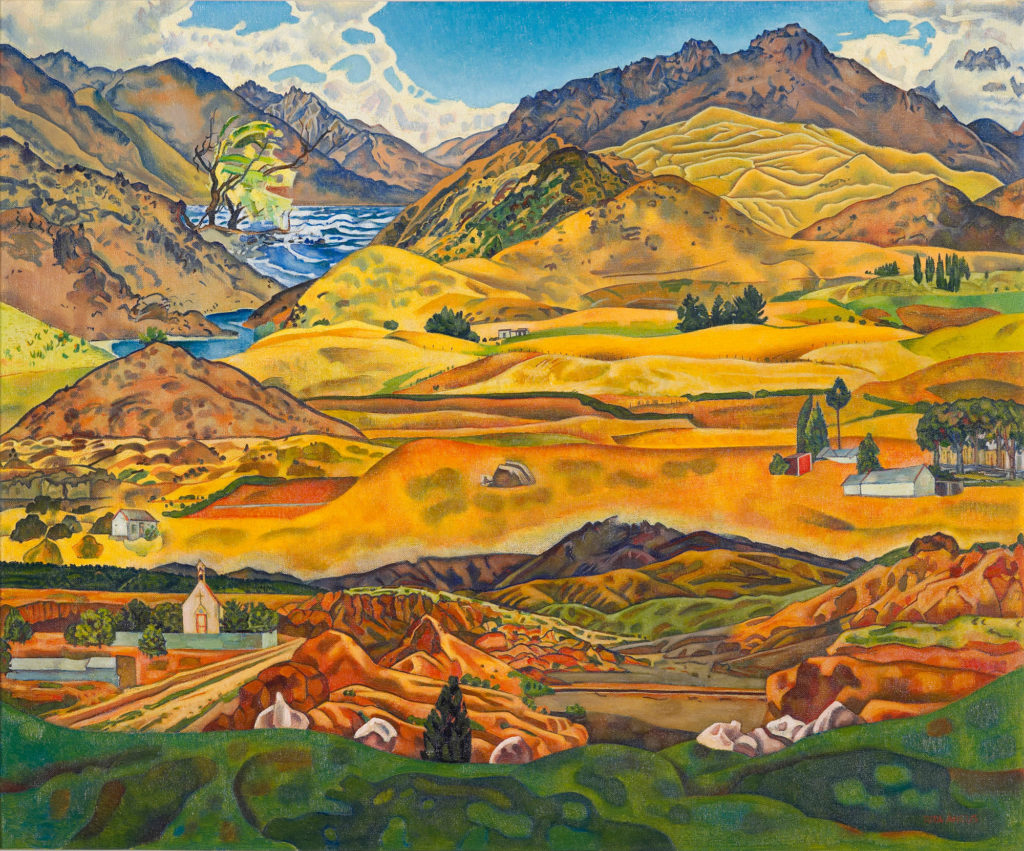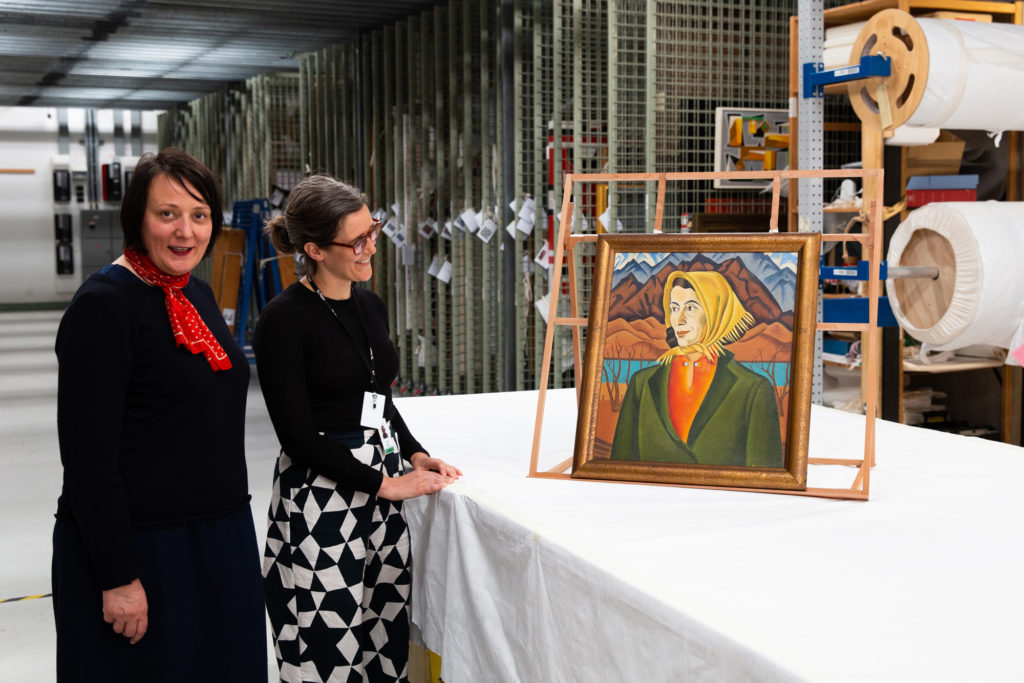Te Papa’s latest exhibition, Rita Angus: New Zealand Modernist, opens its doors this month. Angus, known to many for her self-portraiture and landscapes, used her work to define how she saw the world.
We spoke to Te Papa’s curator, modern art Lizzie Bisley about the lessons we can learn from her work and why it remains relevant today.
HOME: Rita Angus’s works aren’t new to the New Zealand public eye, yet, there’s a sense of something special about having these pieces all come together to view as a whole. Why did you decide this was relevant to the public today?
Lizzie Bisley: We’re hoping that this exhibition will introduce a new generation of New Zealanders to Angus’s work. Rita Angus had incredible faith in her practice as an artist and really believed that her paintings could help to create a more peaceful, fairer world. Her works are full of wonder and possibility. They still feel remarkably fresh and current, even 50 years after her death.

H: A growing sense of national identity was emerging in the post-WWII era in New Zealand which can be seen in Rita Angus’ work, particularly her landscapes. It feels as if we are on the cusp of this again as we navigate a changing world. Looking at her work through the lens of a post-Covid world, do you feel we view her work differently to how we did before?
LB: One of the things that is wonderful about Rita Angus is the close attention she paid to the world around her. She was constantly sketching, and her letters are full of beautiful passages about the passing of seasons, movement of light and weather, and the joy of colour and music. This deep connection to the changing world feels important today as we have to rethink how we live, and consider our place in a huge ecosystem of plants, animals and other people. Rita Angus’s joy in being alive and her alertness to things around her makes me look differently and think more carefully about my own world and my place within it.

H: Angus has been defined as a feminist, often looking towards her own image as the subject. What lessons can we learn from Angus’ self-portrayal?
LB: Rita Angus lived a very unconventional life, for a woman born in the early 20th century. A committed feminist, she divorced her husband at a young age and was then largely self-supporting. Angus painted over 50 self-portraits – remarkably direct and honest works that often express or negotiate her identity as both a woman and as an artist. Her self portraits should be seen alongside those of other 20th-century woman artists like Frida Kahlo and Alice Neel. They provide a wonderful, and sometimes challenging, view into her life and experience of the world.

H: Finally, do you have a favourite work in the exhibition?
LB: This is a very hard question! I have a lot of favourite works, although recently I’ve been thinking about The aviatrix – a 1933 portrait of Angus’s sister Edna, which Te Papa acquired in 2020. Edna was the first woman pilot in the East Coast Aero Club, and Angus has painted her in her flying gear.
After WWI, the figure of the aviator and, in particular, the female aviatrix, became a stand-in for modernity, independence and adventure. The New Zealand aviatrix Jean Batten became a worldwide celebrity in 1934 when she beat Amy Johnson’s speed record for a flight from Britain to Australia.
In her painting, Angus brilliantly conveys the modernity of her subject. She has chosen a simple, stark composition, with minimal but very striking use of colour. Edna looks straight out at us – conveying the power and possibility of life as a modern woman.
Interview: Katie Delany
Images: Supplied by Te Papa
Rita Angus: New Zealand Modernist is exhibiting at Te Papa from 18 December 2021 to 25 April 2022




